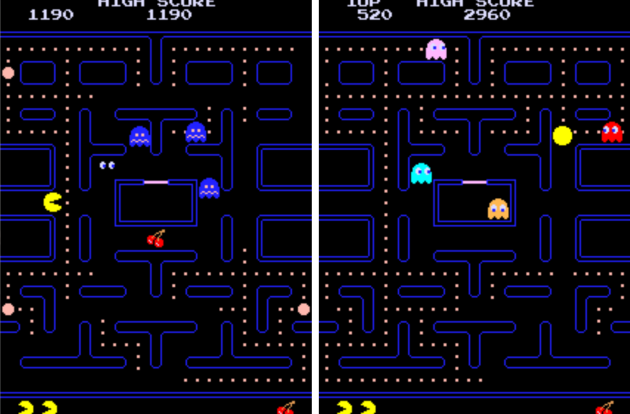A short history of artificial intelligence in video games, from ‘Pac-Man’ to ‘Dragon’s Dogma 2’

Being able to ask video game characters questions out loud and have them answer you spontaneously, thanks to generative artificial intelligence (AI). This is the promise made by Ubisoft’s NEO NPC and Nvidia ACE, prototypes presented respectively at the Game Developers Conference in San Francisco on March 20 and at the Consumer Electronics Show in Las Vegas in January.
For the time being, no game on the market has incorporated these resource- and energy-intensive neural learning technologies. But they do raise some questions: Will they knock out the traditional AIs that, in video games, have delineated how gaming worlds operate and non-player characters (NPCs) behave?
AI has been associated with gaming from the very start. This can be traced as far back as 1956 when the name and principles of this scientific discipline were formulated during workshops at Dartmouth College, a private university in New Hampshire. “One of the goals was to create a chess player,” said Eric Jacopin, a programmer for the Hawkswell studio and former head of the computer laboratory at the Saint-Cyr military academy.
Ghosts and earthworms
Nonetheless, it wasn’t until the early success of arcade games that the general public encountered AI. The popularity of Pac-Man (1980) would not have been the same without AI animating the four ghosts that faced off against the gluttonous hero. It’s thanks to this AI that the ghosts were able to alternate among different roles − neutral, aggressive or elusive − in Namco’s famous franchise.
Guided by the mathematical model of an automaton with a finite number of states, they move from one state to another according to the player’s actions and the specific time durations assigned to each behavior. Overlying this system is the individual personality of each ghost. For example, the red one is a tireless hunter, while the pink one ambushes others.

Although revolutionary in the early days of video games, these AIs didn’t fool knowledgeable gamers for long. “You can dodge behaviors because what’s being modeled is so simple,” said Jacopin. “Ghosts are a bit like earthworms, which have just 300 neurons in their brains and only react to simple stimuli.” As early as 1982, a book was published on how to anticipate them: How to Win at Pac-Man.
Ms. Pac-Man (1982), designed by the Americans at General Computer Corporation, made the game more complex. The machine incorporated an element of chance into the opponents’ changes of state and routine. “Humans are very good at anticipating things they’ve seen before. So when the ghosts became more random, the difficulty went up a notch and so did the fun. In AI terms, this is translated as moving from a deterministic to a non-deterministic problem,” said Tommy Thompson, an AI consultant for the video game industry, who simplifies these topics on the YouTube channel AI and Games.
You have 59.91% of this article left to read. The rest is for subscribers only.



